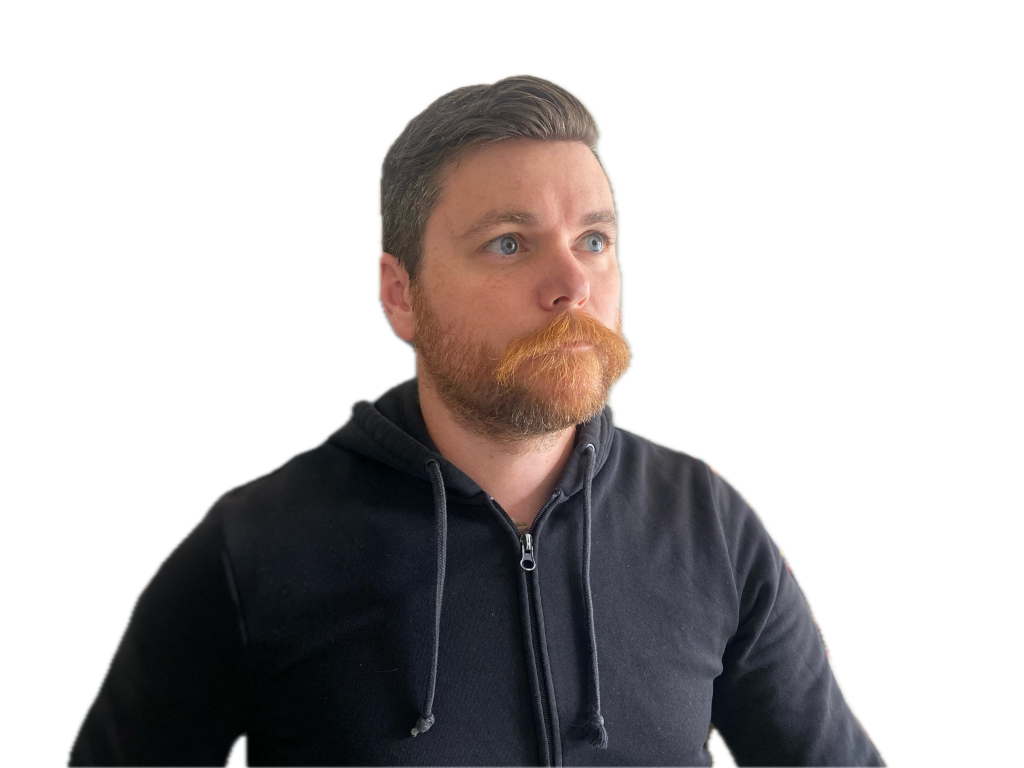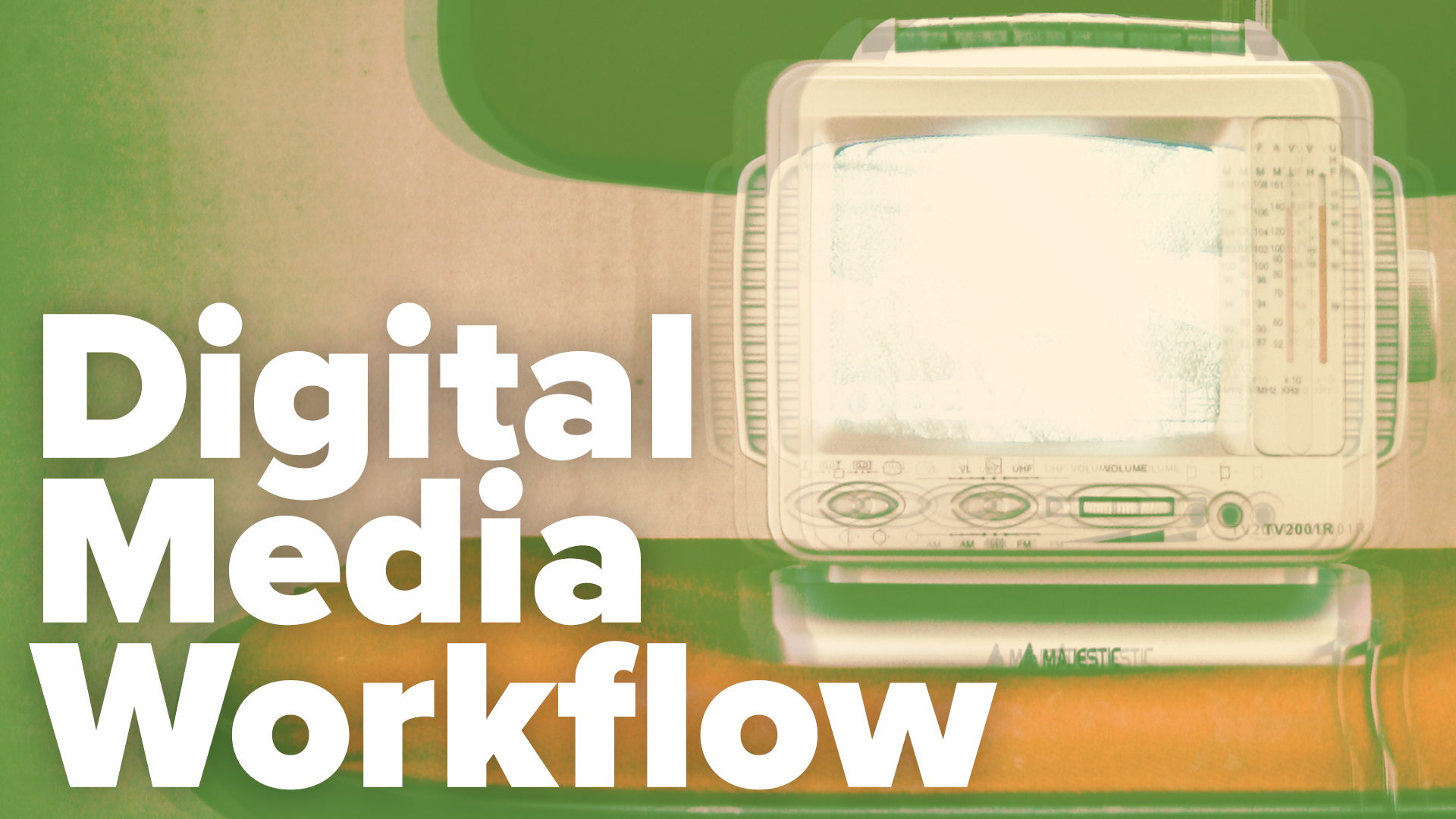John is standing in a small semicircle of casual acquaintances, holding a drink in one hand and trying to think of something to say. Everyone else has shared an insightful opinion or humorous anecdote with the group, and he starts to feel the pressure of his own self-consciousness behind his eyes. He knows it’s his turn to talk, but he isn’t sure he has anything to say.
A woman next to him has recently mentioned something about dogs, so John just starts talking about his Labrador, his silly habits and some tricks he’s learned. At first, everyone is courteous and interested, and it is only after a few minutes go by that they start to realize that there’s really no point to what John is sharing. He doesn’t seem to be building towards anything. John feels this too and starts mentally scrambling for some resolution or at least an exit from his own meandering speech.
 He knows he should hit a Costanza and leave on a high note, but instead he slowly mumbles himself away leaving the group in an awkward silence.
He knows he should hit a Costanza and leave on a high note, but instead he slowly mumbles himself away leaving the group in an awkward silence.
The current trend in digital media has most of us confusing the pressure to say something with having something to say. We feel as though we should always be adding to a never-ending conversation, or as though the hot take is a crucial business strategy. Instead, let’s refocus our attention on what we actually want to say, what stories we actually want to tell.
In a previous post, I discussed the importance of approaching our digital media assets with a ‘story-first’ mindset. Story-first is not meant as a direct opposition to the current trend of basing your ‘content creation’ on an editorial calendar. The editorial calendar, typically a spreadsheet or actual calendar meant to define a regular rhythm of statuses, posts, and tweets, should still be a valuable tool, but when used as a starting place, it is both intimidating and uninspiring. Let’s explore the typical story-first workflow and follow the path that leads us to the editorial calendar only when we are prepared with rich handfuls of content to be placed.
Finding the story is the cornerstone of building your digital experience, but we need to leave behind the preconception that a story is told in words. In traditional storefronts, for example, developers could use architecture, decor, floor plans, and graphic design to tell their customers a story as they walked through the door. The story you’re being told walking into a Macy’s, for example, is different than the story you’re told when you walk into a Home Depot.
Macy’s tells a story of wealth and glamour through the use of chandeliers and curved glass display cases. The Home Depot tells us that construction is accessible to the everyman with rows of riding-mowers, BBQs, and a sense of DIY ethics. Both stores like to use high ceilings and overwhelming abundance to make sure you feel like you’re stepping into a bigger world, whether it’s the fashionista looking for a more luxurious life or the weekend contractor who wants to build a dream backyard. These stores use their physical properties to drive home a specific narrative.
We need to bring the same clarity of thought and focus to our digital assets, aligning our writing and our photography, our landing pages and our streams in the pursuit of a singular goal. This one goal is our overall narrative, which should be understood by your audience whether they stick around for a twenty second elevator pitch or spend thirty minutes browsing your blog posts. If your organization does not have a clear overall narrative, stop reading and start thinking.
Once your organization has a clear overall narrative, (i.e. We’re working to protect endangered Antarctic wildlife), then you can start collecting stories that support your main narrative (i.e. new research in your field, scientists with interesting developments, photo essays of underwater dives, etc). Each story can come from a different place within your organization: from collaborators, from volunteers, from employees, or from strangers. The main point is that your stories come from people and they showcase strong story elements, like conflict and resolution, actions, and growth.
If you’re having trouble finding meaningful stories that relate to your organization specifically, then turn the focus outward to your community in general and highlight stories that relate to your field. Focus on sharing, commenting, and analyzing the stories that should most appeal to you and your audience.
It’s also worth noting that your narrative is not about the organization itself as much as it is about the audience and their goals. It’s about shifting focus to solid examples of what others have done, hopefully having been empowered by your organization. It’s the difference between using a conversation to talk about yourself versus using a conversation to share a story that you were a part of. It’s a subtle difference, but here’s one way to think about it: Would I be sharing this information if I weren’t a part of it? Would this story still be valuable to me and my audience, even if I didn’t play a leading role?
Try to make a list of at least three stories that you would want to tell your audience. Remember that we’re not worried about the Medium (writing, video, photography, etc) in which we’ll tell the story. Read part two to explore how our stories translate to different mediums and how we can try to tell our story through multiple mediums. Finally, in part three we’ll look at how to best filter all of that information through different platforms with the end goal of driving your audience back to your home base: your website.


Leave a Reply